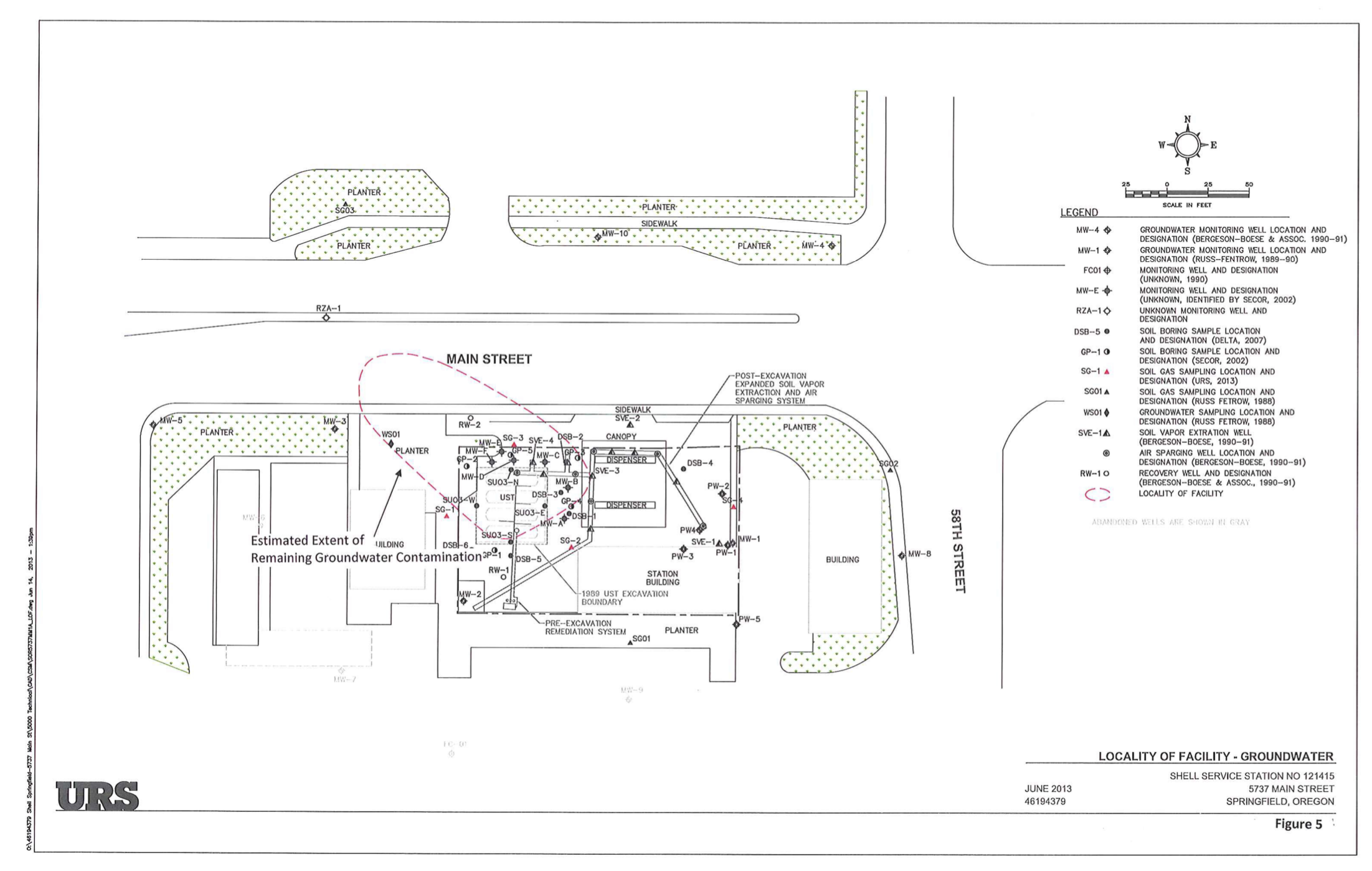Post Pump
Gas/Fuel/Service Station Land Use & Zoning for an EV World
Stay in Touch
Our Mission
We provide research and resources to help Citizens and City/County/State officials prepare their Land Use and Zoning codes for an electric vehicle future.
In particular, we advocate for municipalities to use Land Use and Zoning to protect themselves from the environmental and economic risks from gas/fuel/service stations becoming bankrupt/insolvent/abandoned as electric vehicles remove the need for these businesses. In the worst case cleaning up fuel/gas stations can cost municipalities/taxpayers hundreds of thousands to millions of dollars.
Risks to Municipalities
- Underground storage tanks frequently leak and are expensive to cleanup (source)
- Cost recovery for fuel/gas station cleanup is complex and rarely succesful (source)
- Foreclosing on a fuel/gas station with orphaned tanks is frought with complexity as municipalities navigate EPA Underground Storage Tank closure procedures, EPA Brownfield grants, and State innocent party programs (see bankrupt/insolvent stories)

Land Use and Zoning
What zoning policies could exist to reduce the risks from service/fuel/gas stations?
-
Short term (conservative plan): service/fuel/gas stations are required to have a 300-500+ foot setback from sensitive sites like wetlands, parks, residences, schools, or other environmentally sensitive areas from the dangers related to underground storage tanks.
-
Medium term (modest plan): service/fuel/gas stations are not allowed in any normal commercial zoning. Instead specifically zoned areas are chosen for service stations. These “Service Station Zones” are be chosen for their distance from wetlands, parks, residences, schools, or other environmentally sensitive areas.
-
Long term (ultimate plan): service/fuel/gas stations are not allowed to be constructed.
Why are setbacks an effective policy?
When an underground storage tank leaks the petroleum can travel on the surface or through soils and groundwater. A setback may limit adjacent sensitive areas or properties from being affected.
For example here is a map from a Staff report from Springfield Oregon where 400 gallons leaked from underground storage tanks at a gas station and traveled roughly 100 feet via groundwater.
In this case having a leak only damage water and soil 100ft away is a “good” outcome. In April 2022, for example, a surface leak from a fuel depot in Medford traveled over 1,400 feet and contaminated Bear Creek.
Is anyone changing zoning for service/fuel/gas stations?
In 2021 Petaluma, CA became the first city to ban the construction of new fuel stations. In their City Land Use Code you can now see that in all zones Fuel Stations are marked as “Use Not Allowed”.
In 2014 Montgomery County, MD passed Ordinance amendment that requires a 500ft setback from “dwelling unit; public or private school; park; playground; day care center; any outdoor use categorized as a Civic and Institutional use or a Recreation and Entertainment use; or any wetland, stream, river, flood plain, or environmentally sensitive area.”
Want more examples? Many municipal codes already protect citizens and public resources from gas stations. See the example gas station municipal codes page.
Who regulates fuel station sites?
Summary: Municipalities regulate the location of fuel/gas stations. And zoning should be used by municipalities to ensure fuel/gas stations are located where leaks cause minimal damage and are inexpensive to cleanup later.
- Does the EPA regulate fuel/gas station location? No, the EPA only regulates and enforces technical UST requirements, release/leak tracking, financial responsibility (insurance), and operator training (40 CFR Part 281).
- Do local water districts regulate fuel/gas station location? Maybe. But, it seems uncommon. For example, in Washington County Oregon neither the storm water regulator (Clean Water Service) nor the drinking water utility (Tualatin Valley Water District) regulate siting of fuel/gas stations.
- Does the U.S. Army Corps of Engineers regulate fuel/gas station location? No, not unless the site is directly inside a wetland which is an unlikely scenario.
What Should I Read Next?
We have a number of Data & Reports to provide context on the economic and environmental costs of service stations. For a more general overview of the issues outlined there are also a number of News Articles related to the issue of abandoned service stations and the economic pinch they will be experiencing in the coming decade.
